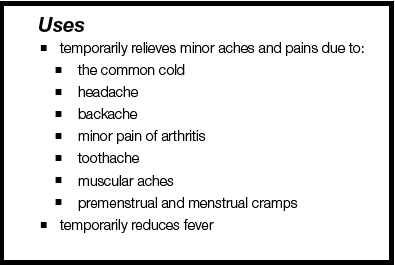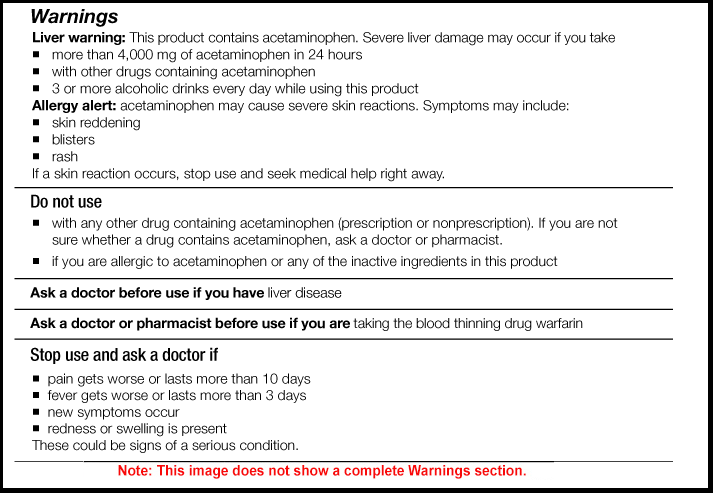
Tips To Read Your Over-The-Counter Medication Label
Every time over the counter (OTC) medicine is purchased from a pharmacy, make sure to read the label carefully. The OTC medicine from a pharmacy comes with a lot of information. Every medicine whether OTC or prescription has specific instructions that must be followed precisely. The instructions describe how to take it, when to take, what amount to take and how not to take it. Generally, a drug label appears like this.
Here’s how you must read medicine labels:
Drug Facts
1. Active Ingredient and its purpose
Active ingredient –You can find this information at the top of the label of your OTC medicines. It tells you about the ingredient in your medicine that treats your illness. It also tells whether a medicine is a pain reliever, or anti-depressant or antibiotic, etc. This section will also tell you about the amount of drug in each dose. If you’re taking more than one medicine then pay more attention to this section and avoid taking too much of same active ingredient! Too much of same active ingredient can be harmful for your body.
Purpose – This section will inform you about the type or category of your drug i.e., whether it’s an acid reducer or a pain reliever.
2. Uses
This section will tell you about the symptoms or illness that can be treated with a particular medicine. Always check this section whenever OTC medication is purchased to make sure that it will resolve your issue.
3. Warnings
There are times when you should not take a particular medicine. The warning label tells you about these times and also lets you know when you must consult your doctor. This section also tells you about the side effects that you may experience after taking this medicine. Stop using the medicine if your symptoms get worse and consult with your doctor immediately.
4. Directions
This section tells you how and when to take the medicine. You should take medicine as directed by your doctor. Taking medicine more than or longer than prescribed duration can result in serious side-effects. Be very careful and read the instructions properly before giving a drug to children. Also make sure to consult your doctor before giving any medicine to children.
5. Other Information
Heat, moisture, and exposure to sunlight can damage your medicines. Keeping them in bathroom cabinets or kitchen is not a good idea. This section of the label will tell you the right temperature at which you must store your medicine. It will also remind you to check the package safety seal. A broken seal could be a sign of tampering.
6. Inactive Ingredients
Inactive ingredients don’t treat your symptoms directly. They may be dyes, preservatives, or flavorings. Make sure to check this section if any of your loved one has allergy issues. Also, keep in mind that similar kind of drug from different brands may have different inactive ingredients.









